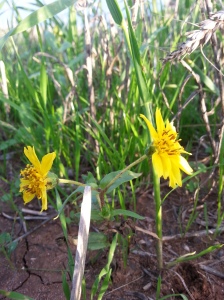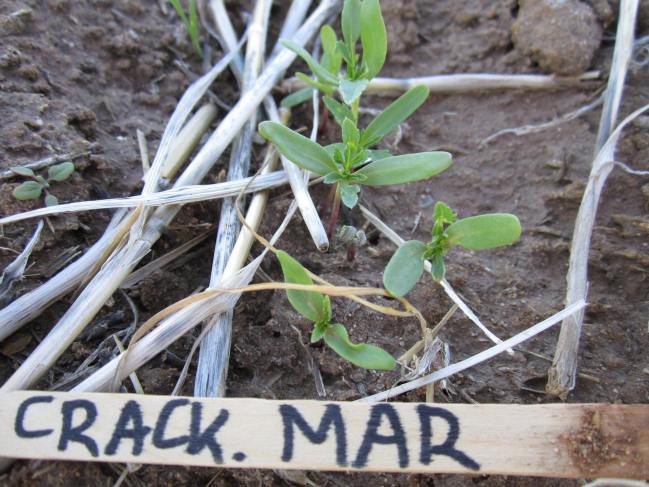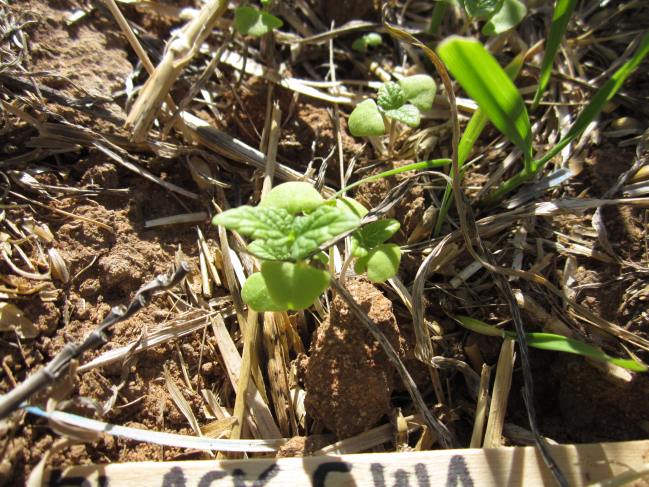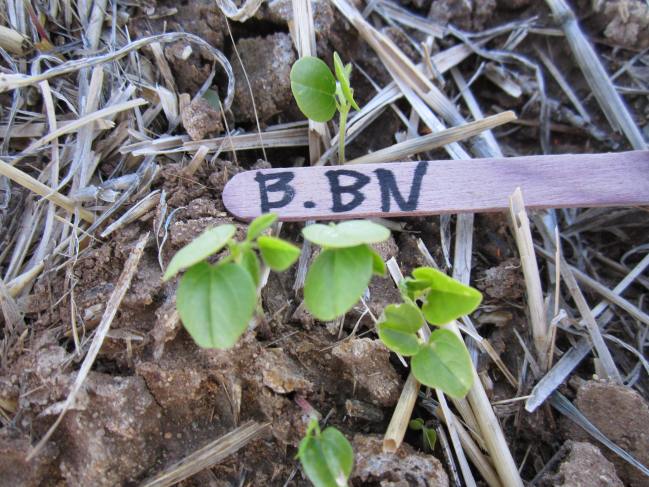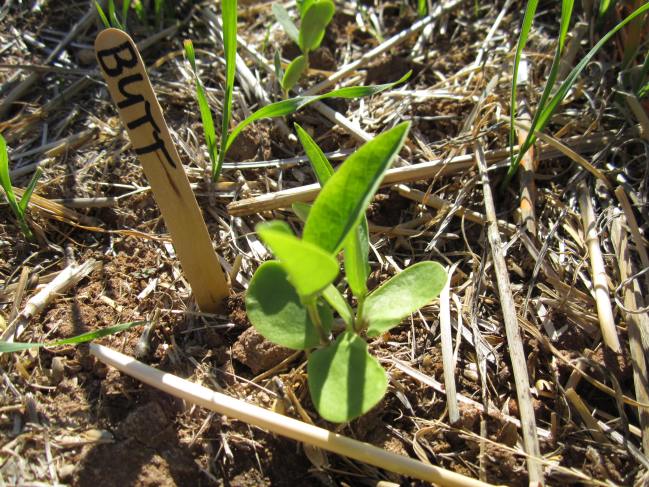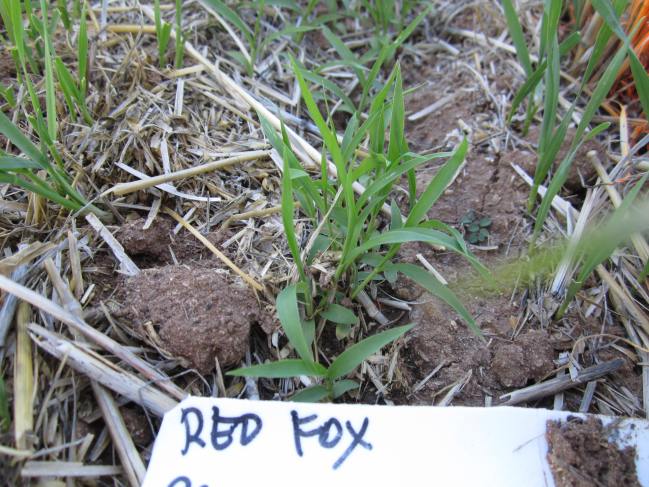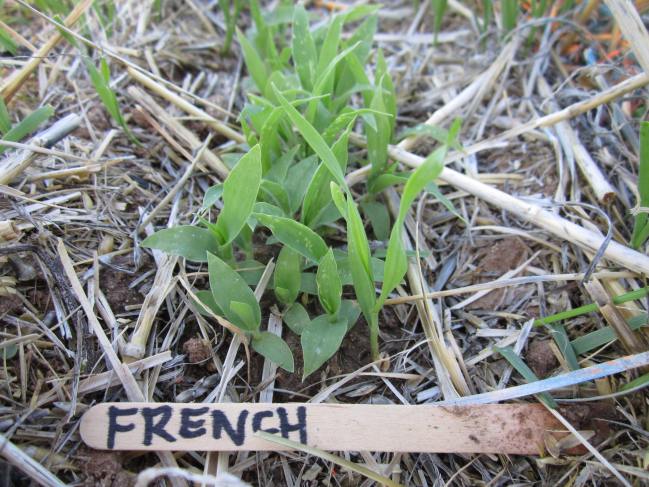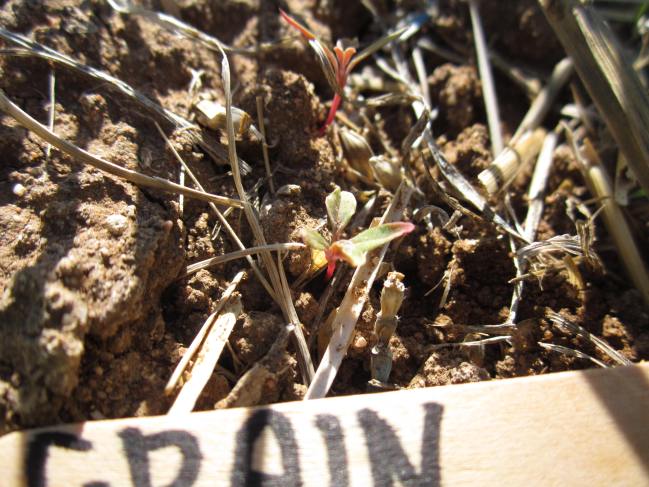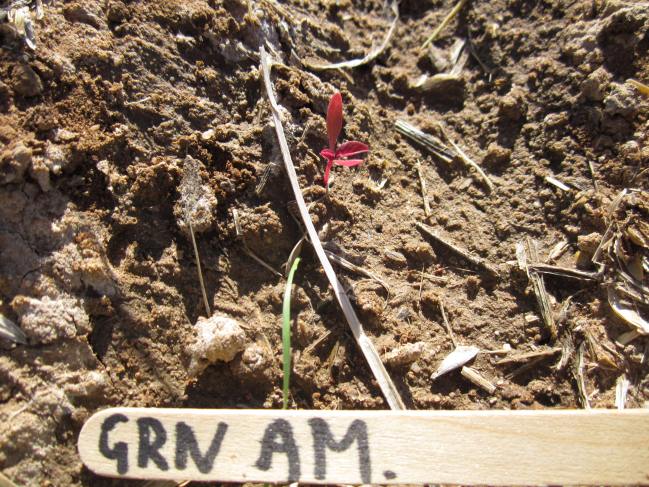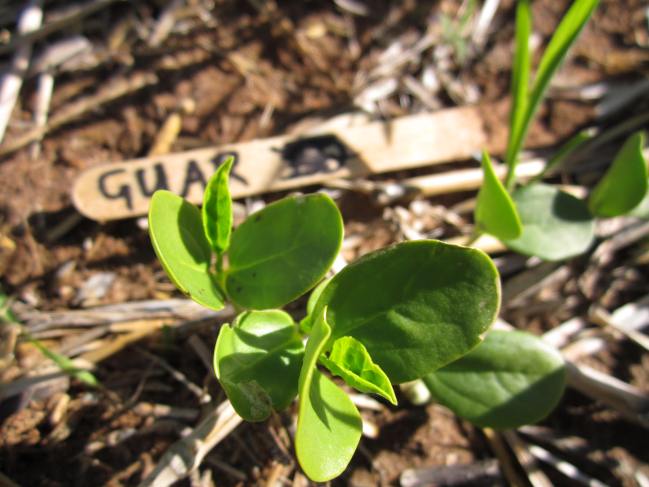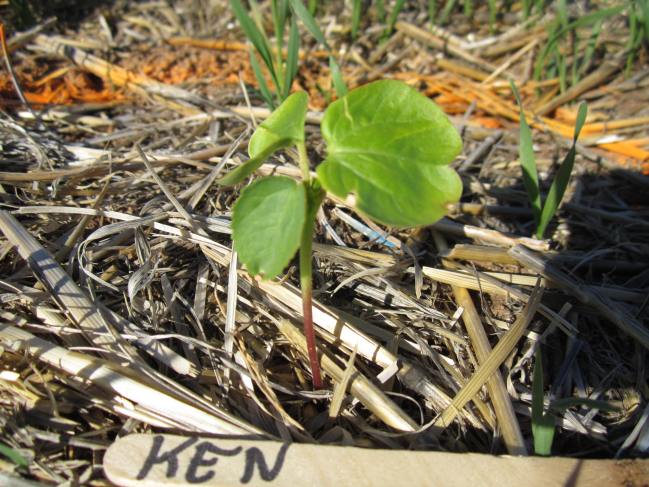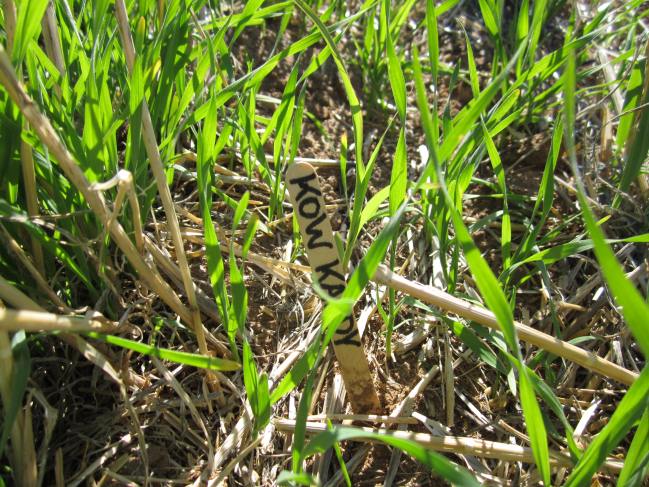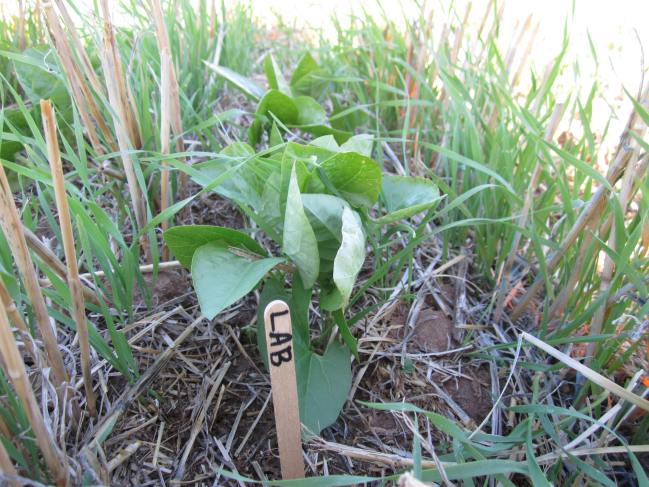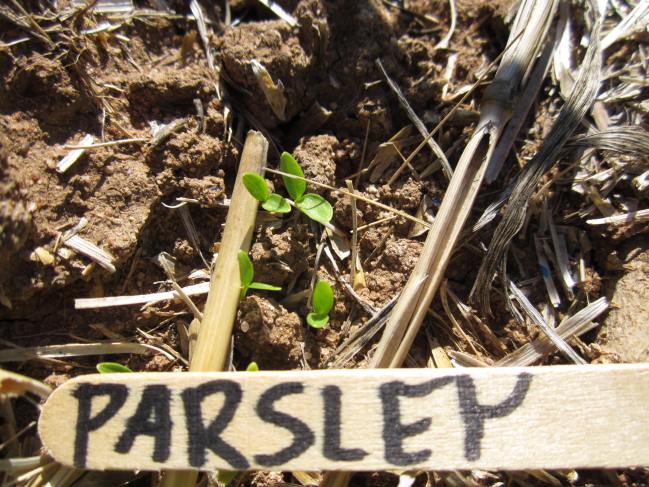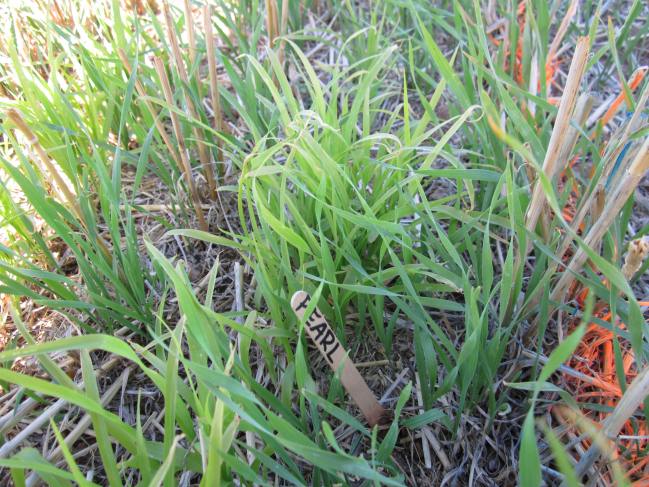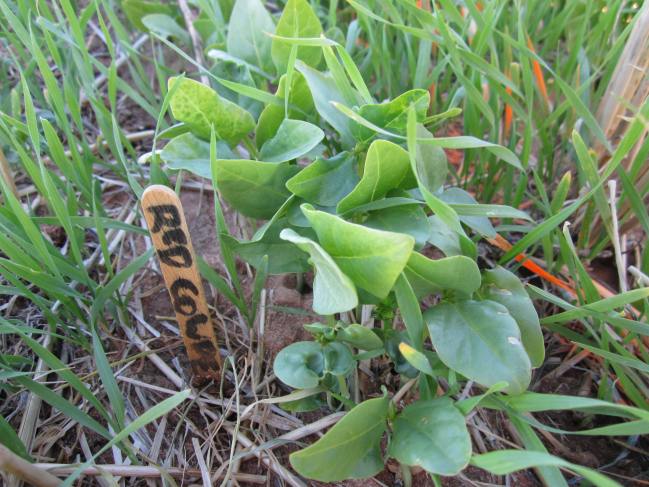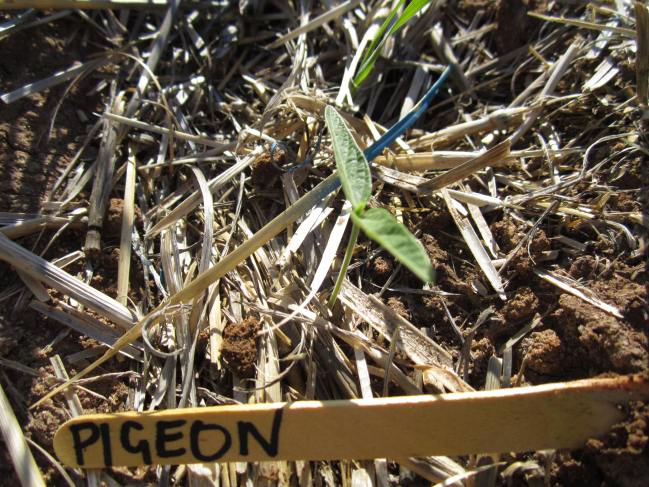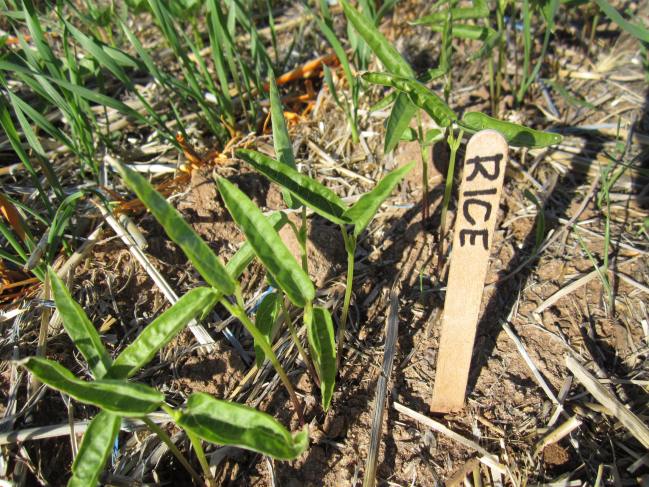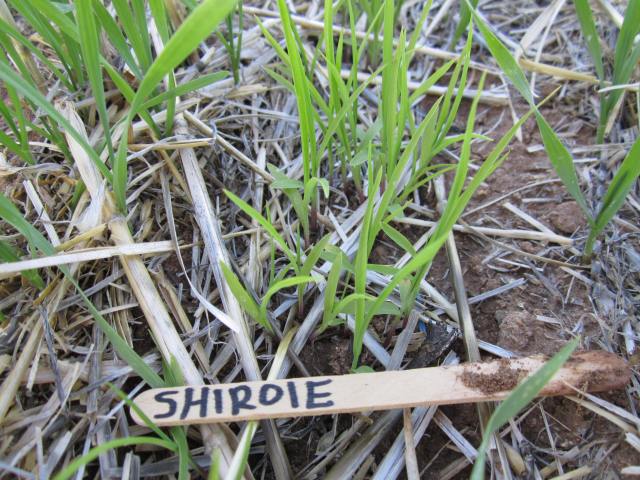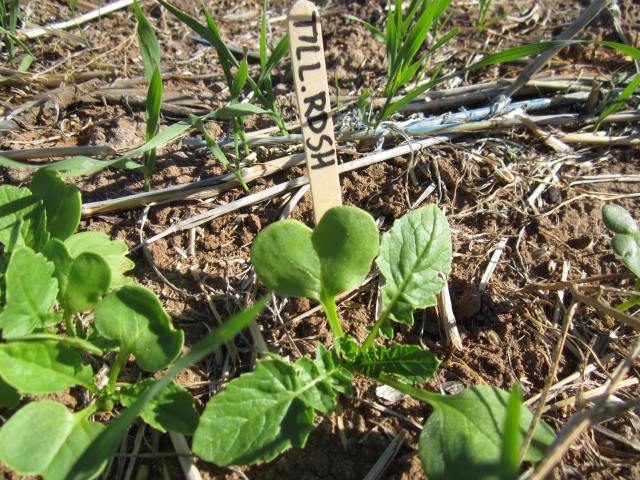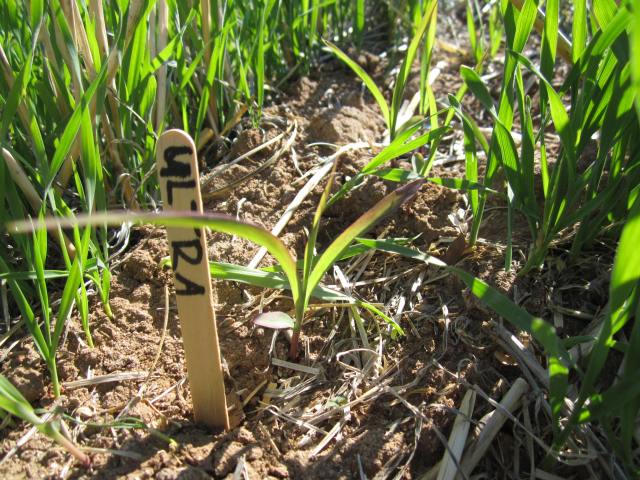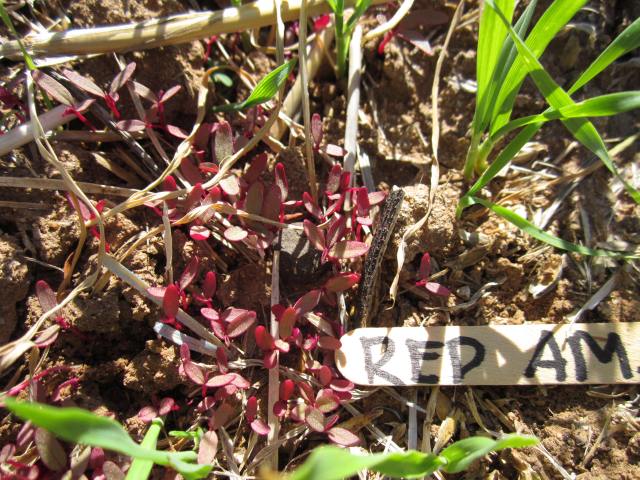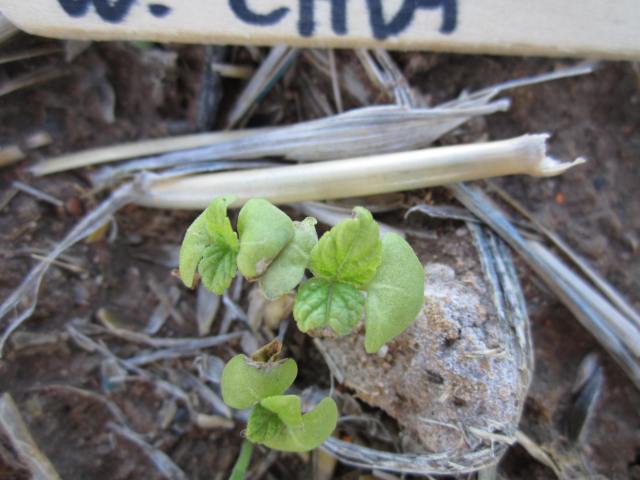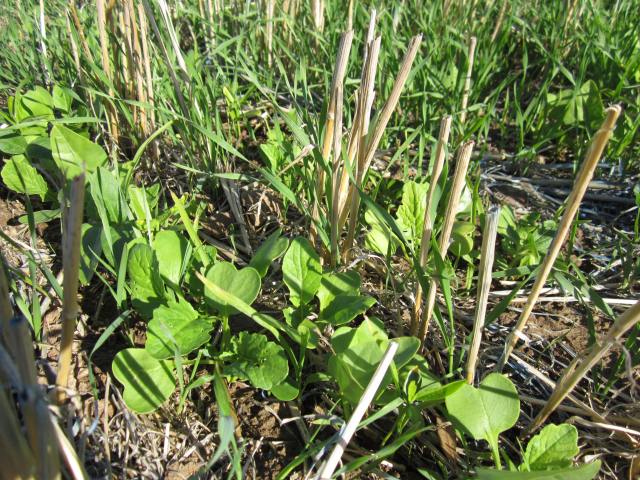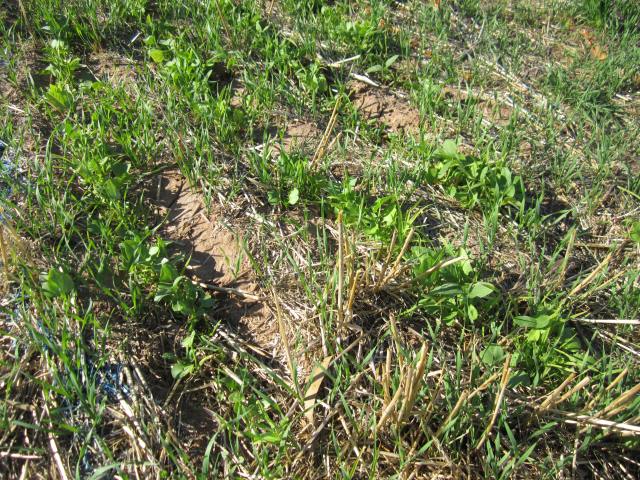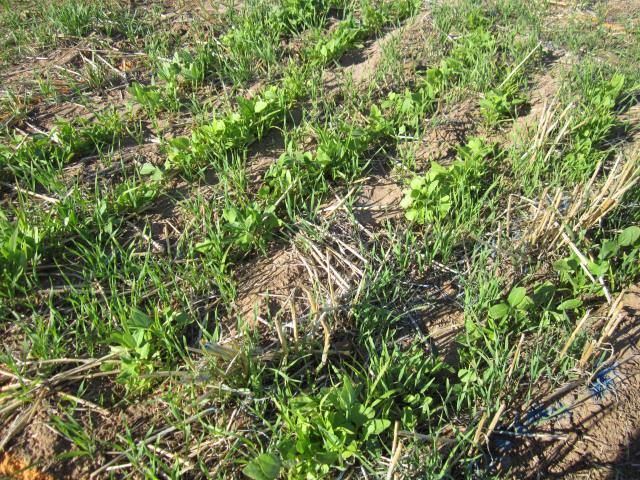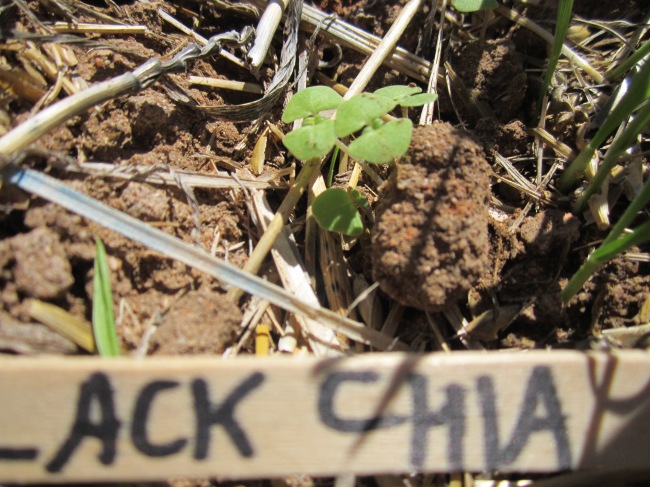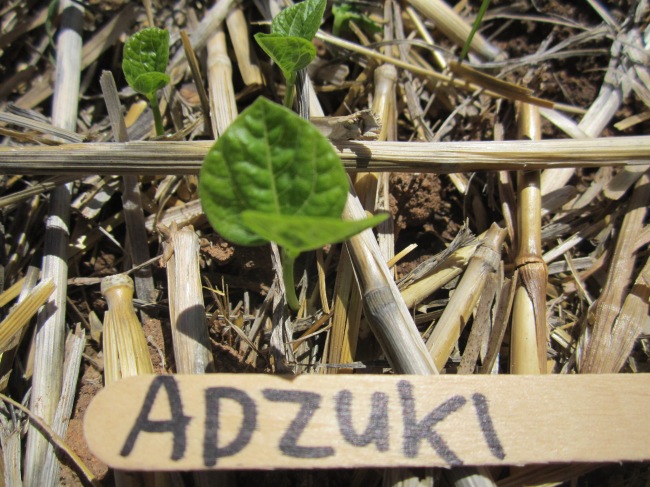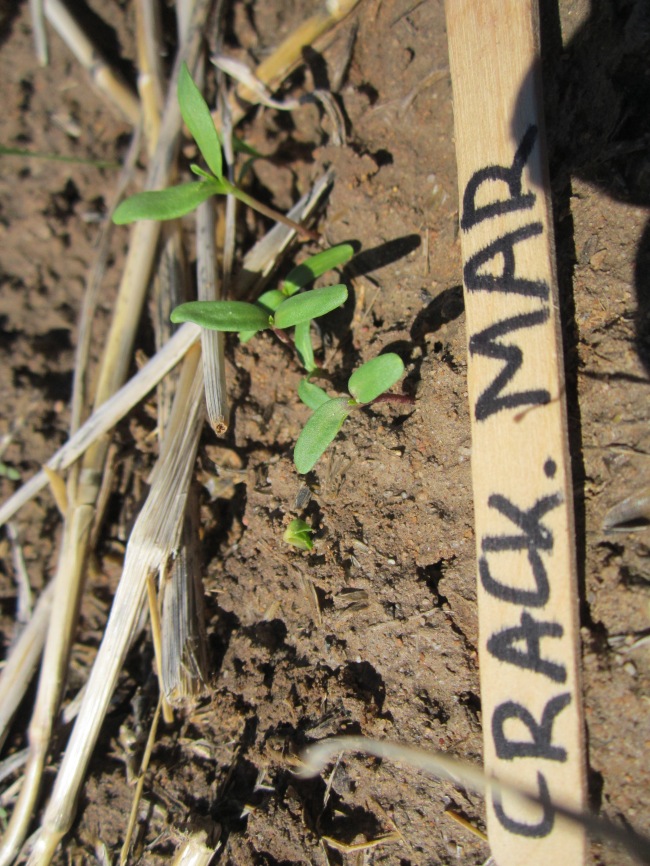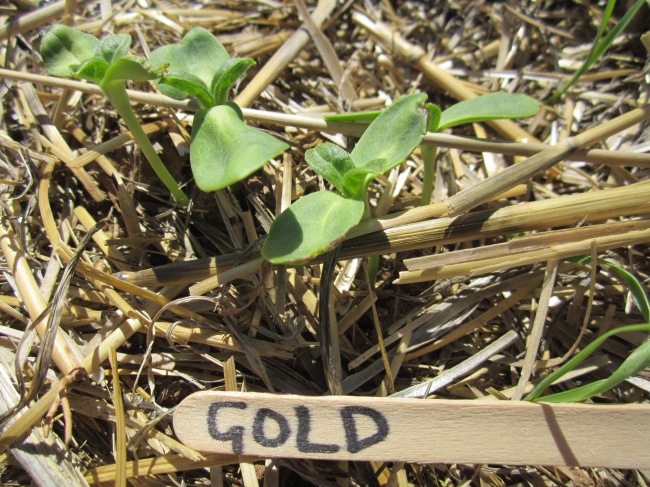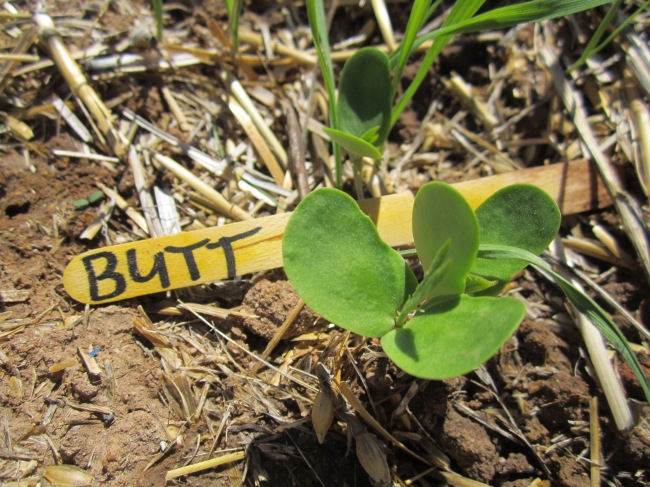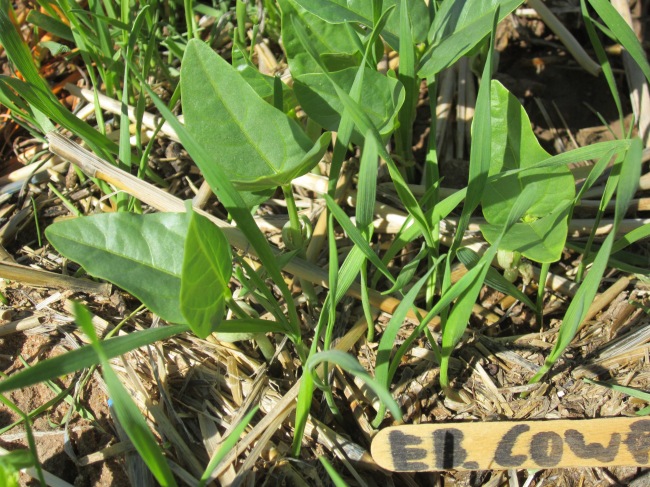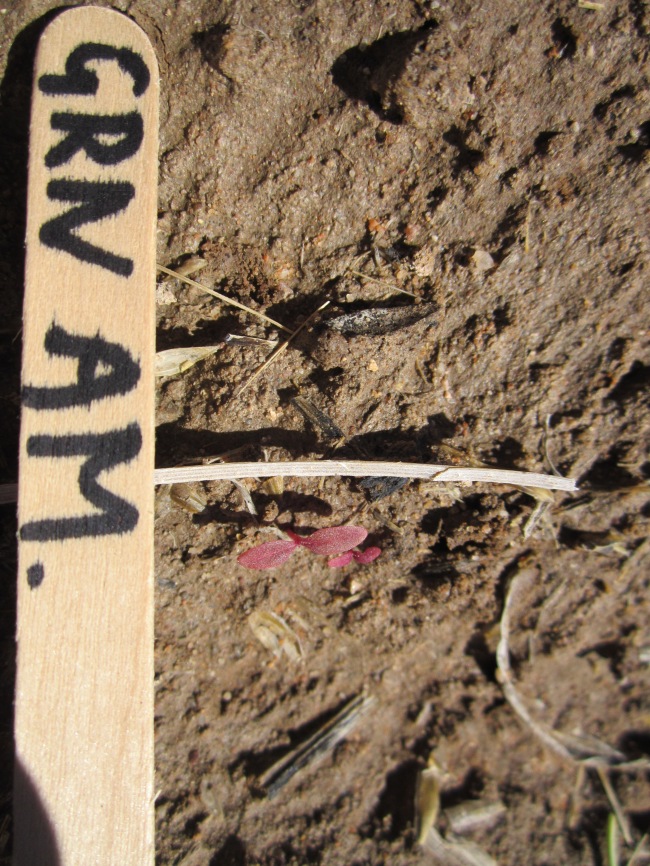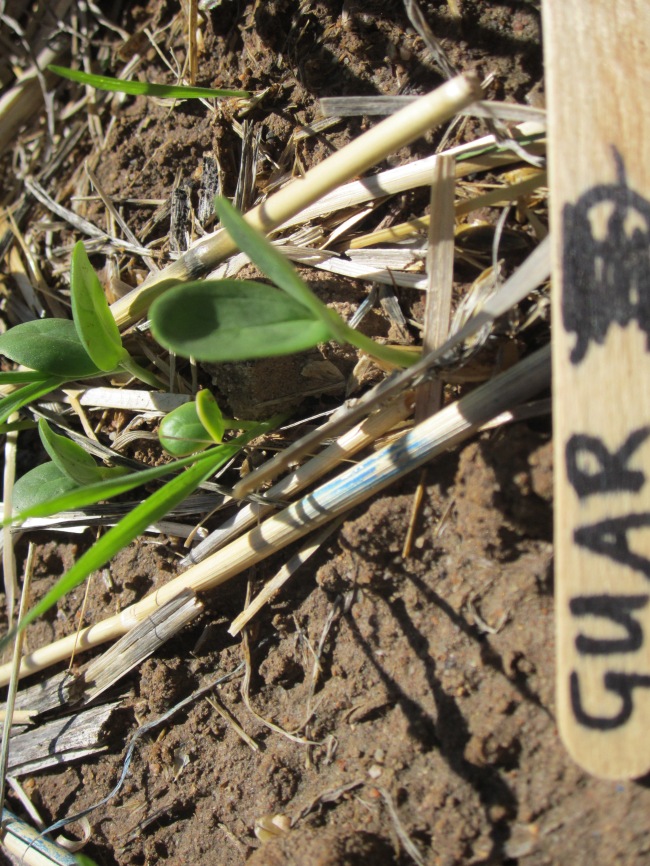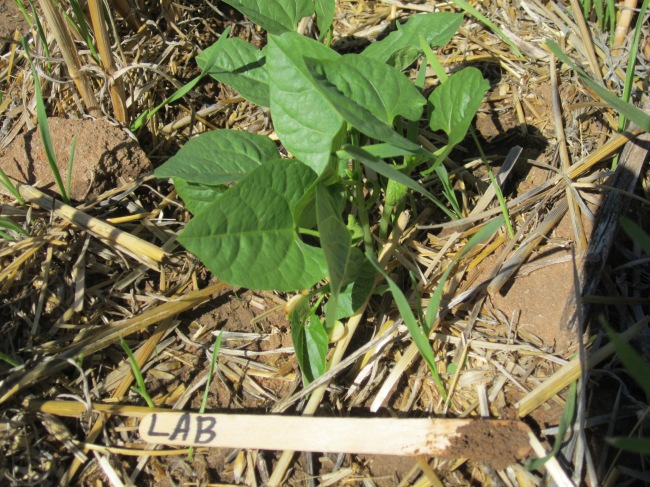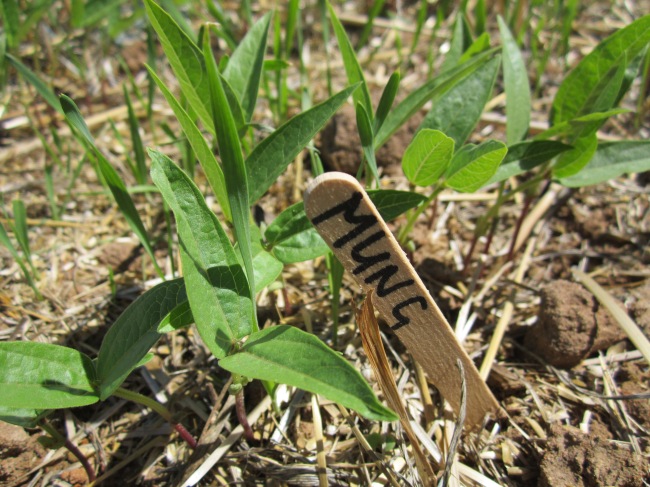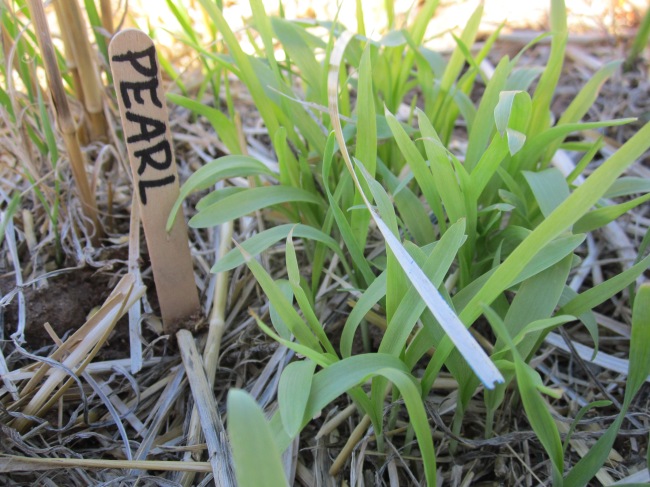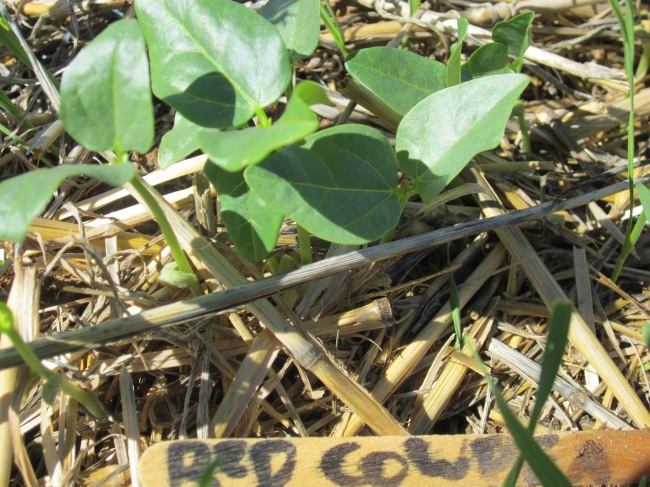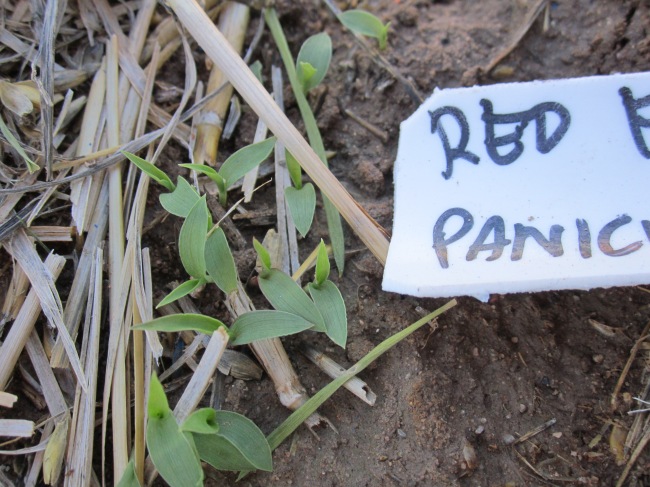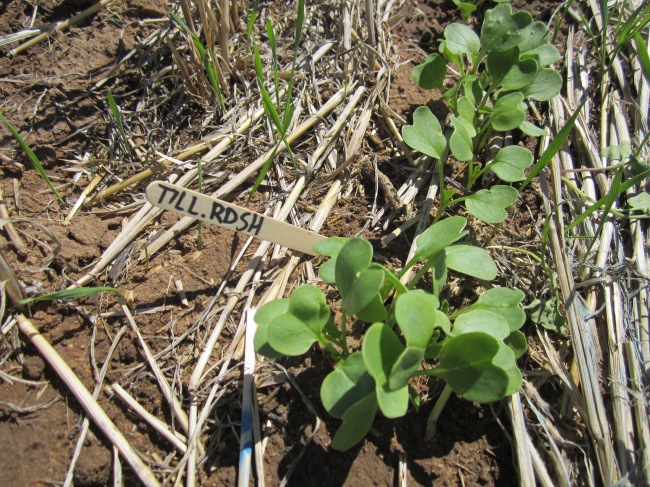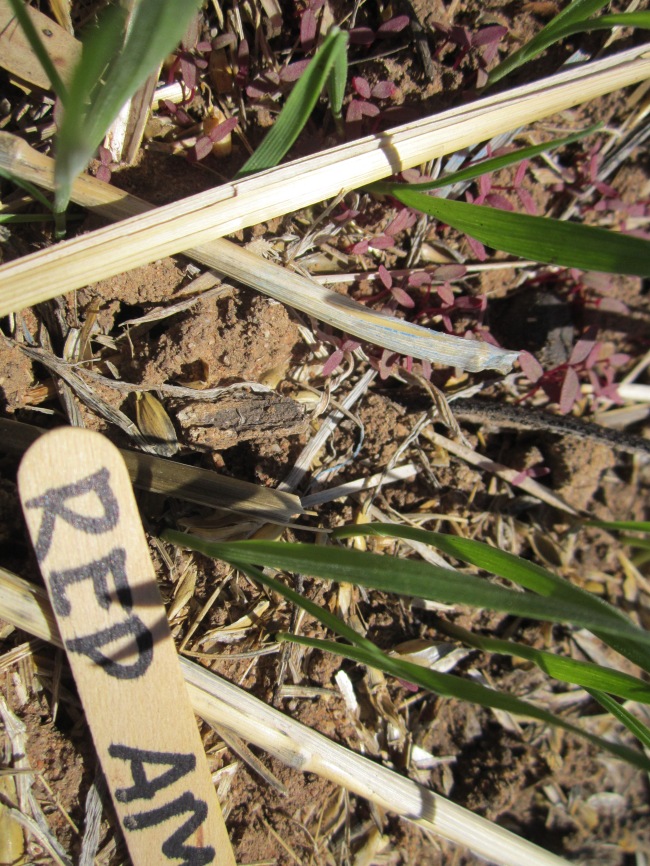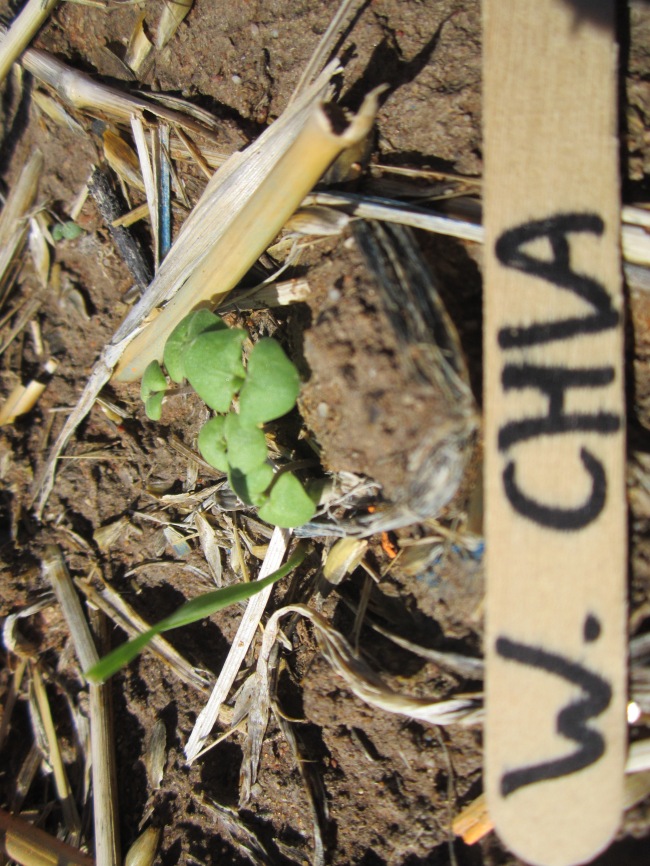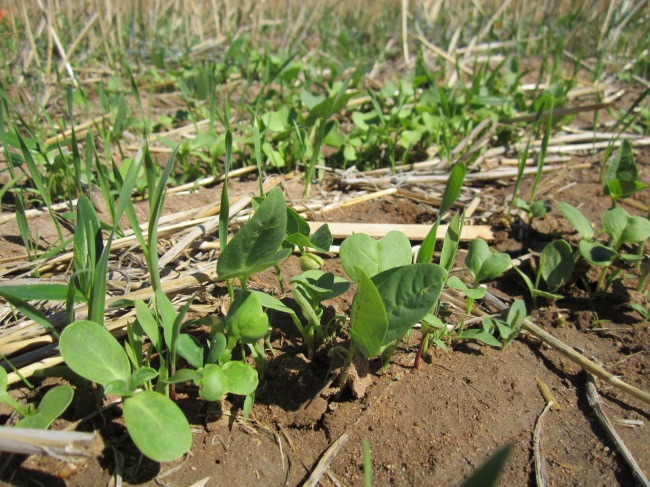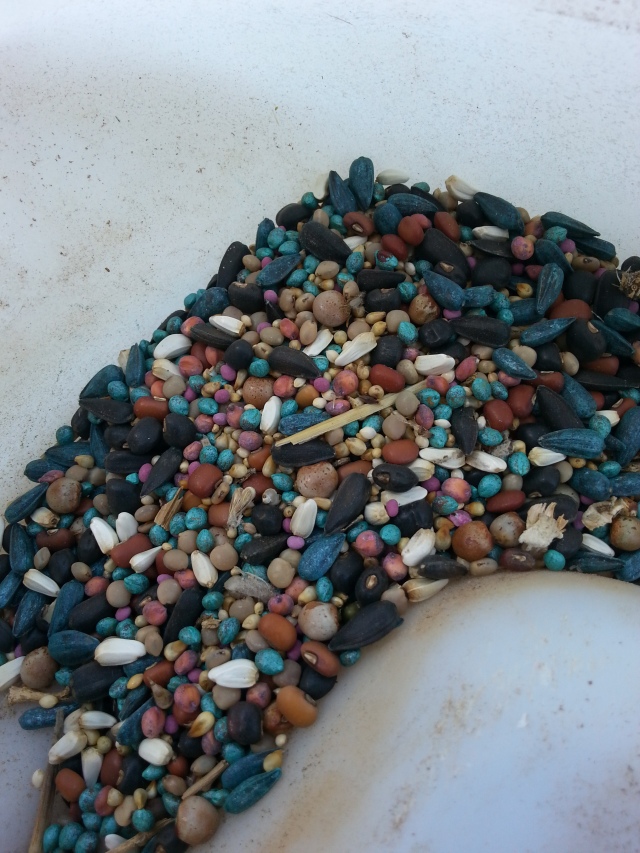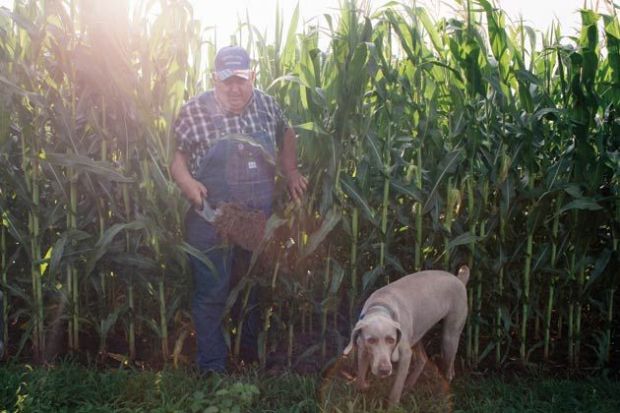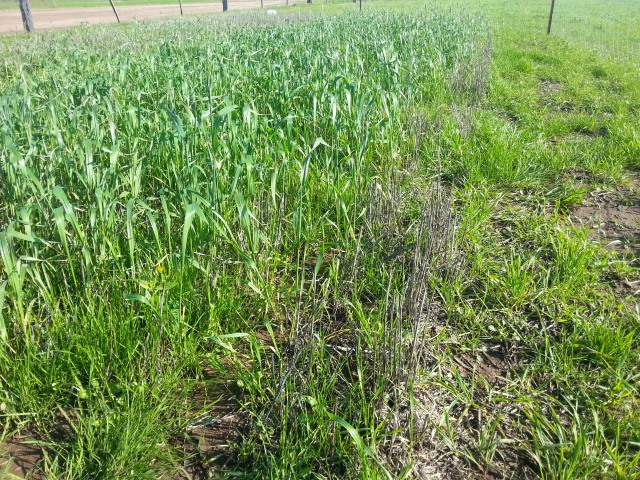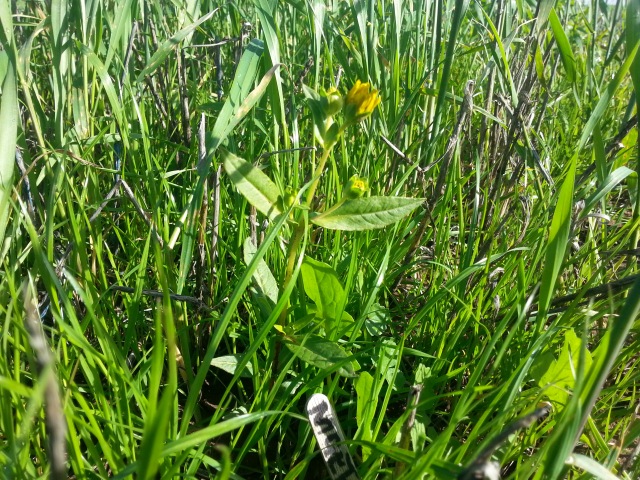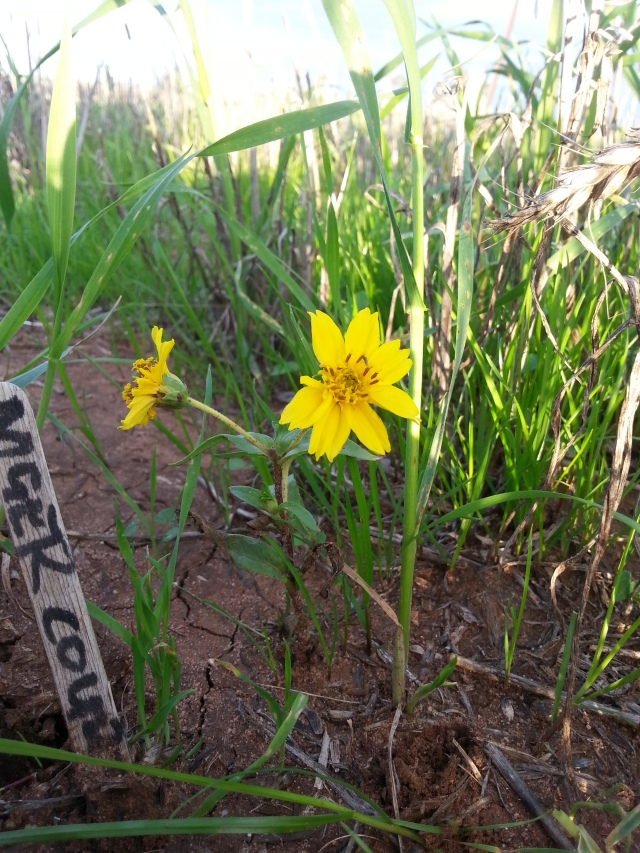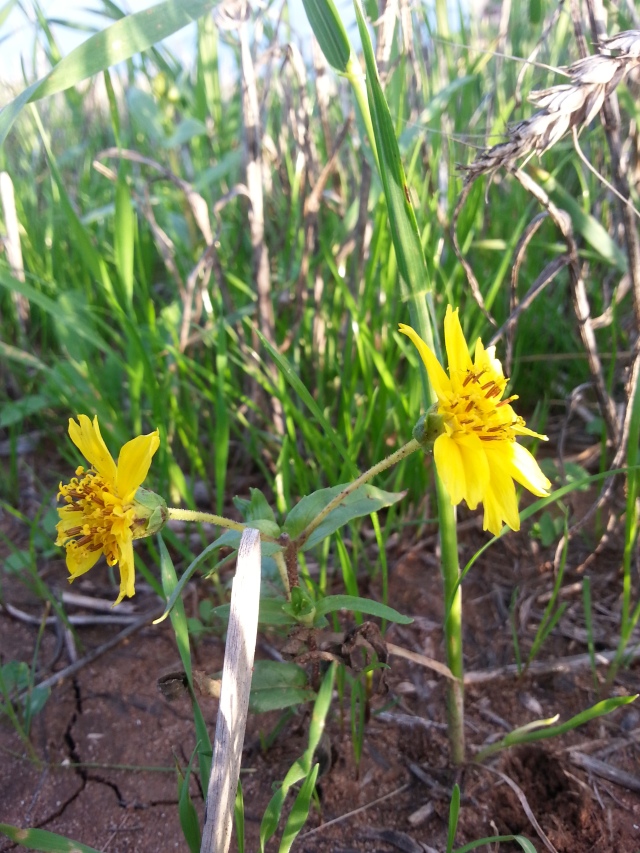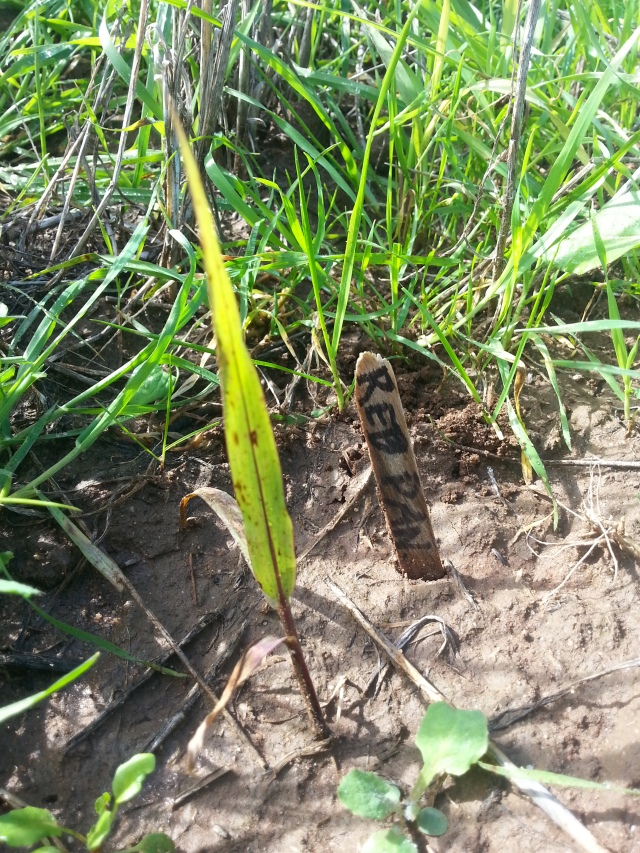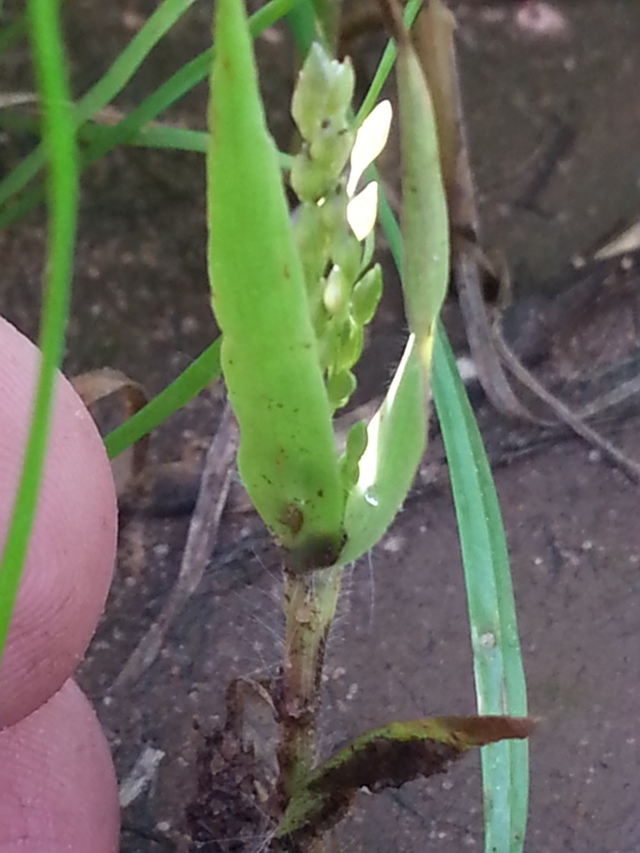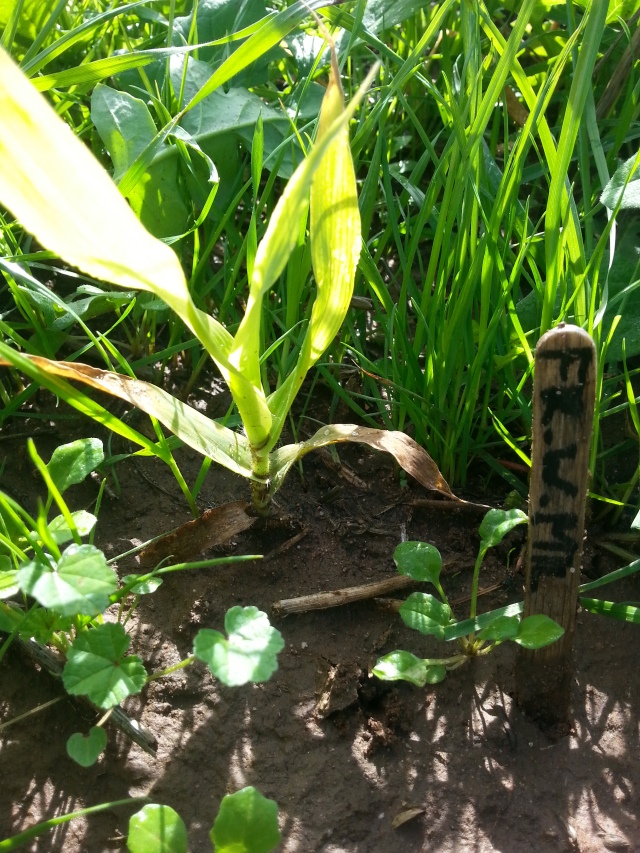Nyjer as a Cover Crop Mix choice.
https://en.wikipedia.org/wiki/Guizotia_abyssinica
Aka niger, noog/nug, nyger, nyjer, or Niger seed; ramtil or ramtilla; inga seed; and blackseed. It also gets called niger thistle, but it is not a thistle. Powers-that-be also implore us to pronounce it Nyjer, not Nigger.
It is an erect, stout, branched annual herb. This is one of those obscure, off-the-charts species which seems rarely used or promoted for cover crops. And yet when searching for it, nyjer is definitely used overseas as a cover crop, if not primarily for the seed, as an oilseed source, or birdseed. I got inspired to write, because I found some!
When I started searching for this a few years ago, the only seed I found was imported for birdseed, and hence irradiated, making it sterile. I did, however, source some seed from Sally Norton (https://twitter.com/salnorton73) https://en.wikipedia.org/wiki/Sally_Norton now of the Australian Grains Genebank. She is the point of call for anyone ‘trialling multiple accessions’ of all sorts of crops. Back then the list was here.
Sally is keen to be approached for the same reason – the seed and gene banks are not just doomsday collections, but available for sharing seed for small trials.
In the 2012 summer trial I did get some to germinate, grow and flower, but along with everything else, it died before growing much.
Peter and Adele Slade from “Glenmore”, near Quirindi, NSW, grow it! They also grow millets, native grasses and hemp, more their claim to fame.
Under irrigation, (warm season crop) it can grow up to 8’ high, and he sells all he grows for finch seed (a tiny seed). Apparently finches thrive better on fresh seed than irradiated seed, and the oil in it makes it a vital part of their diet. The plant won’t compete with dominant grasses, and is a high water user, so I doubt that it would readily go to seed here, in a mix. He sows in Jan, and windrows and harvests it mechanically. Nyjer seems to attract bugs, handles alkaline soil, has biofumigant properties and is low seed yielding.
Peter says he can expand his growing area, or contract out, as demand rises.
There is an established American source, useful for info.
And to be fair, it is also sold by RB Dessert Seed Co in the Ord RIA, but only by the 25kg bag.
By the bag it sells for ~$6/kg. Now, that begs the question, why would we grow it? It comes back to the Big Question, what do we want to achieve? If a part of a 20-30 species mix at a very low rate, to add to diversity (of genus, root depth and plant height) & attract insects, then maybe it has a place. If we have a $10/ac budget for seed, then probably not. Then again, that is cheaper than some wildflowers by the seed packet.
My point is, if you want it, you can get it, in the mail.
Find Peter Slade in the white pages under Slade A, Quirindi. (I have his permission to promote his work.)

